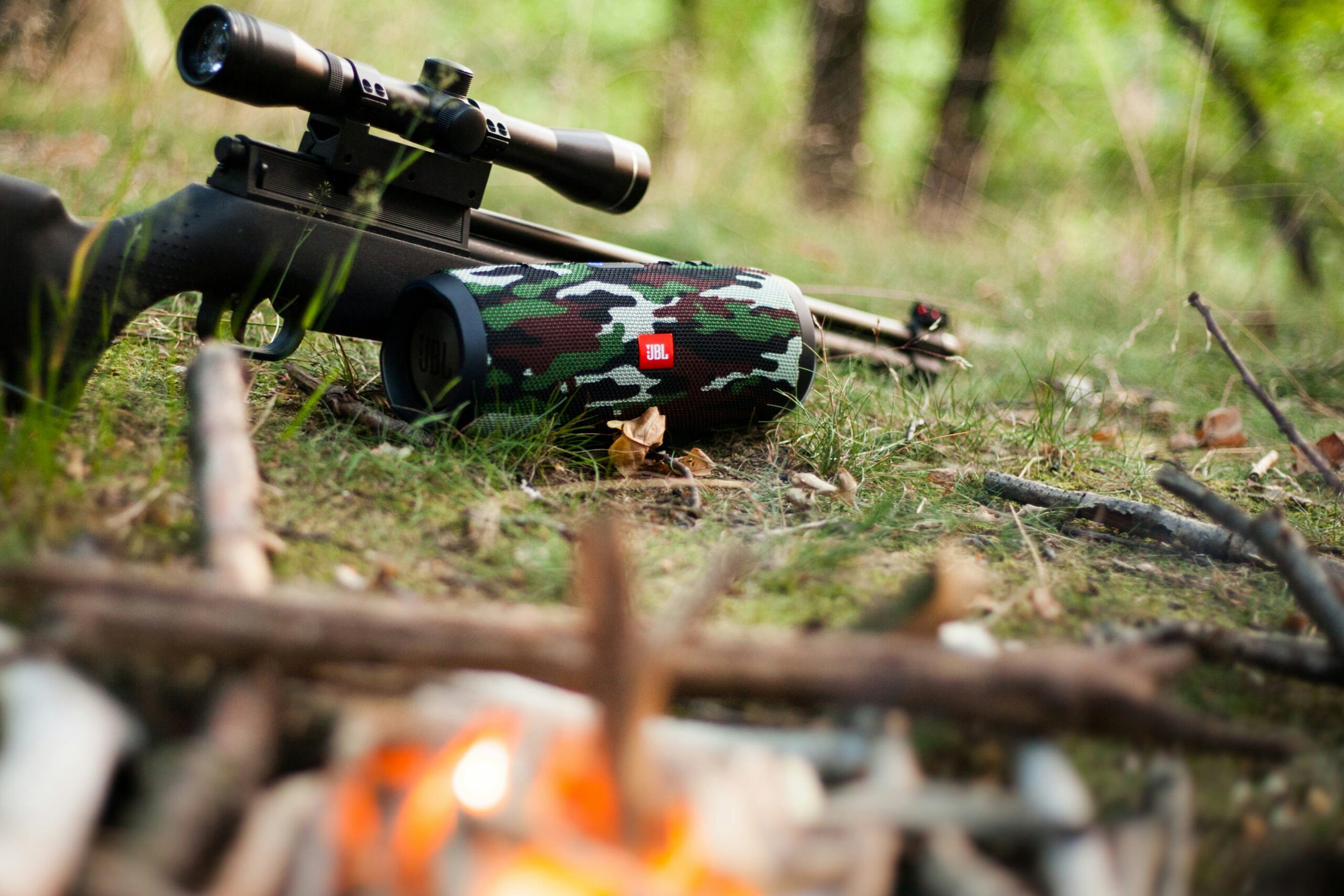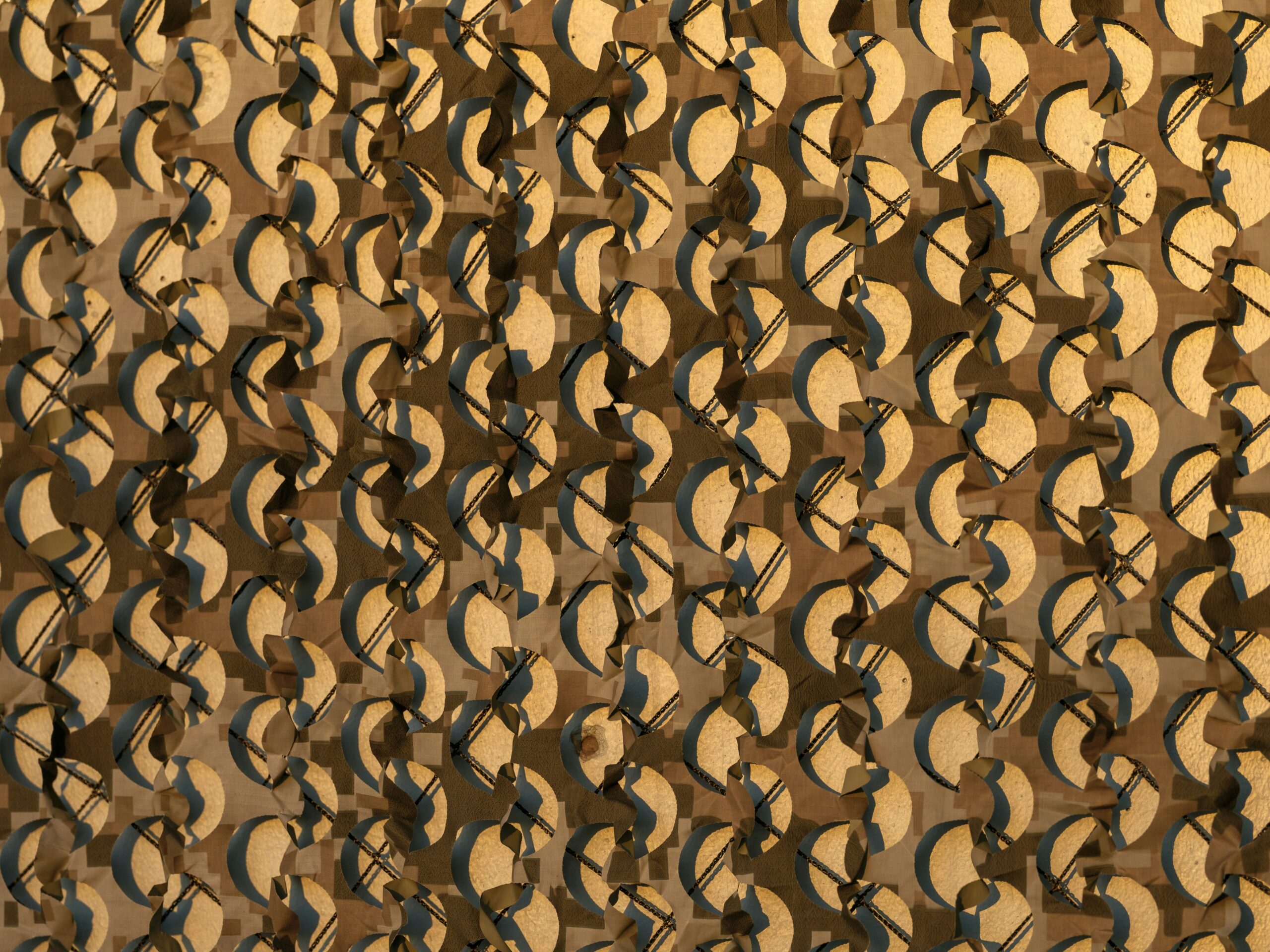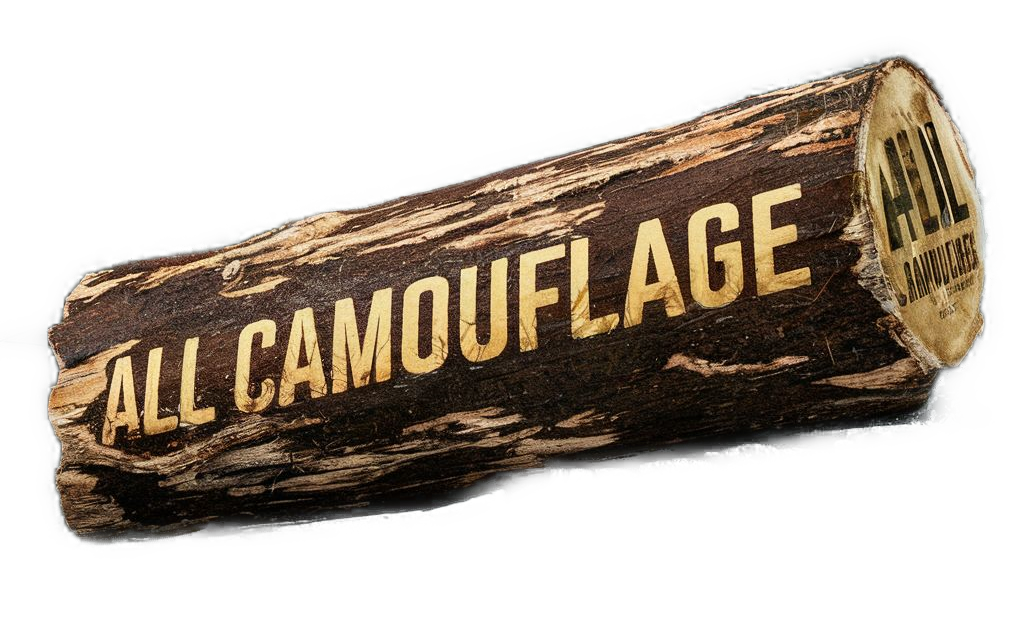Have you ever wondered if donning your best camouflage gear could make you invisible to the advanced technology of thermal imaging? It’s an intriguing thought, isn’t it? The allure of blending seamlessly with your surroundings and the possibility of vanishing from the prying eyes of infrared cameras sound like something out of a spy novel. But let’s slow our imaginations down a bit and delve into how effective your camo collection truly is against thermal detection.

Understanding Thermal Imaging
Before we can even begin to assess camouflage gear’s effectiveness in avoiding detection by thermal imaging, it’s crucial to grasp what thermal imaging really is. Imagine for a moment a world where you don’t need visible light to see. This technology relies on infrared radiation, emitted by all objects above absolute zero, to create images based on temperature differences.
How Does Thermal Imaging Work?
Think of it this way: thermal cameras are like advanced heat sensors. Every living thing, and inanimate objects to some extent, emit heat. The thermal camera detects this heat and translates it into an image, often displayed in varying shades and colors to represent different temperatures. This is how someone using thermal imaging can identify you, the warm human, against the cooler backdrop of nature.
The Science Behind Infrared Radiation
Suppose we peek under the hood of thermal imaging a bit more. In that case, it’s all about infrared radiation, a part of the electromagnetic spectrum that you can’t see with the naked eye. Have you ever walked barefoot on a sunny beach and felt the warmth of the sand? That’s infrared radiation in action. It’s the heat coming off everything around you, and thermal cameras capture that heat signature.
Applications of Thermal Imaging
Thermal imaging isn’t just for the spy trades and black ops. From night vision in military operations to finding lost hikers in search and rescue missions, and even diagnosing issues in electrical systems, it’s a pretty versatile technology. It’s even used by firefighters to see people through smoke and assess the severity of fires.
Camouflage Gear and its Intended Purpose
Now that we’ve taken a tour through the land of thermal imaging, let’s focus on your trusty camouflage gear. Camouflage in its most traditional sense is all about helping you to blend into your environment by mimicking colors and patterns found in nature.
The Basics of Camouflage
Think of yourself as a chameleon (not literally, of course!). You use patterns and shades that resemble your surroundings to “disappear.” If you’re in a jungle, greens and browns are your best friend; if you’re in the arctic, white is your go-to.
The Different Types of Camouflage Gear
Not all camo is created equal. No, really—some are specifically designed to blend into urban settings, while others are crafted exclusively for desert environments. Here’s a little rundown to make sense of the camouflage landscape you might encounter:
| Type of Camouflage | Intended Environment |
|---|---|
| Woodland | Forests and Green Areas |
| Desert | Sandy and Dune Areas |
| Urban | Cities with Grayscale |
| Snow | Arctic Regions |
The Traditional Use of Camouflage
Traditionally, camouflage is used to avoid detection by the human eye. Hunters gear up to blend with their environments, and military personnel use intricate patterns to stay out of enemy sightlines. Imagine trying to spot a tiger in tall grass—its stripes resemble the dappled light of its surroundings.
Can Camouflage Gear Conceal You from Thermal Imaging?
Now, let’s unravel the burning question: is your camouflage costume as effective when faced with thermal imaging?
Camouflage and Infrared Detection: A Stark Contrast
Without sugarcoating it, conventional camouflage won’t do much in the face of thermal imaging. Your camo is designed to trick the human eye, which relies on visible light. However, infrared detection doesn’t care if you’re wearing an elaborate leaf pattern jacket.
Taking Temperature into Account
Consider the fact that a thermal camera captures temperature differences. Your body, a lovely and warm 98.6 degrees Fahrenheit, will almost always stand out against nearly any natural backdrop. Regular camo isn’t changing the fact that you’re a walking heat source.
Can We Trick Thermal Imaging?
It’s not all doom and gloom, though. While traditional camouflage might not do the trick, there are areas of innovation aimed at outsmarting thermal imaging.
Specialized Thermal Camo
Some believe that the future of sneaking around lies in developing specialized thermal camouflage. These are materials designed to mask or manipulate your heat signature. This isn’t science fiction; it’s ongoing research. By experimenting with different materials that absorb heat and creating systems that cool on demand, we edge closer to a world where thermal camo could really change the game.
Techniques to Mask Heat Signatures
Though you might not have access to a futuristic suit just yet, there are techniques to mask your heat signature. Even something as simple as positioning yourself behind a solid object can block the camera from sensing your heat. Strategies like these are employed by various tactical units to minimize thermal exposure.
Materials that Help
Some believe that the fabric of your attire can make a difference. Although it’s a topic of ongoing debate, reflective and highly insulative materials could somewhat reduce the effectiveness of thermal detection. Another approach is layering—by adding some space between you and your outer layer, the heat might dissipate a bit.

Real-World Applications of Avoiding Thermal Detection
If you’re not trying to evade a sophisticated villain, you might still wonder why someone would want to avoid thermal detection. Well, there are actually many practical, everyday reasons.
Tactical Scenarios
Think of military operations, where staying hidden could mean the difference between life and death. Not being spotted via thermal imaging ensures the element of surprise and keeps troops safe.
Hunting and Wildlife Observation
Then there’s the wildlife enthusiast or the hunter sneaking up on a herd—though it’s definitely crucial to emphasize safety and ethics in these instances. Getting close without disturbing the wildlife is essential for observing animal behaviors or maintaining an ethical distance while hunting.
Ethics and Legalities: Walking the Fine Line
As innovative as evading thermal imaging might sound, it’s also worth considering the ethical and legal implications. Avoiding detection isn’t always about deception; it could be about privacy—nonetheless, it’s important to consider the intent behind the use of such techniques.
Ethical Considerations
Let’s discuss ethics for a moment, shall we? While in some situations evading detection can be linked to survival or privacy, in others it borders on deceit. So, ask yourself why you wish to avoid detection and what the implications are. Is it purely scientific curiosity, or is there another agenda?
Legal Boundaries
On the legal side, be aware that some jurisdictions have strict regulations on using equipment and techniques designed to evade detection. This is especially relevant when it comes to military equipment or tactics. Be sure to check local laws before taking any action.

Future Trends in Camouflage and Thermal Evasion
Keep an eye on the horizon; this field is constantly evolving. With technology advancing at an unprecedented pace, who knows what the future holds for camouflage and avoidance tech?
Innovations on the Rise
In the not-so-distant future, your dusty camo suit might include materials capable of dynamic thermal adaptation, reacting to environmental changes in real-time. Researchers are working to create fabrics inspired by natural thermoregulation—like that of certain animals and insects.
The Role of AI and Machine Learning
Imagine a world where artificial intelligence could assist in masking heat signatures. Using algorithms to predict and adjust for thermal detection could become part of the advanced camo of tomorrow.
Conclusion: The Fine Art of Invisibility
So can camouflage gear help in avoiding detection by thermal imaging? The short answer—traditional camouflage, not so much. But in a world where tech and nature continue to dance a waltz, the possibilities remain thrillingly endless.
Ultimately, whether you’re a modern-day explorer with a passion for the undetectable, or merely curious about the intersection of nature and technology, the conversation doesn’t end here. As we continue our journey through the landscape of camouflage and thermal imaging, who knows what the next chapter holds?

